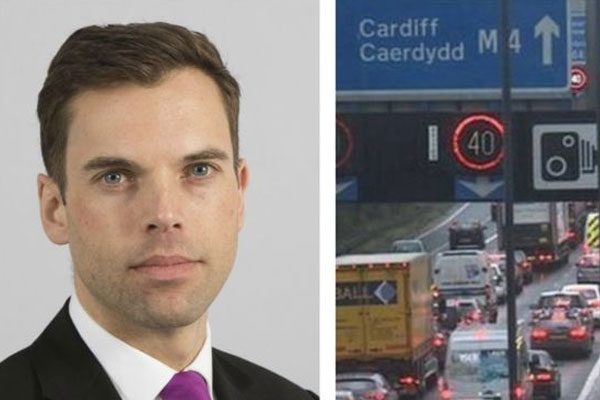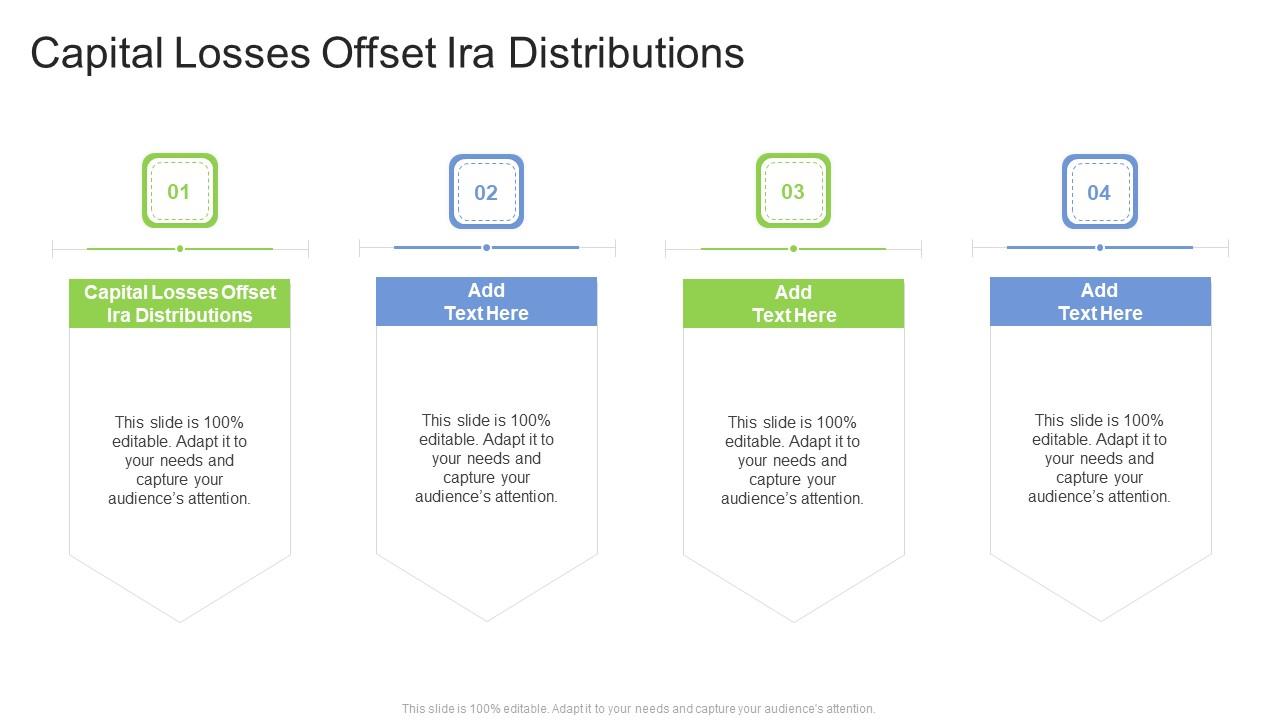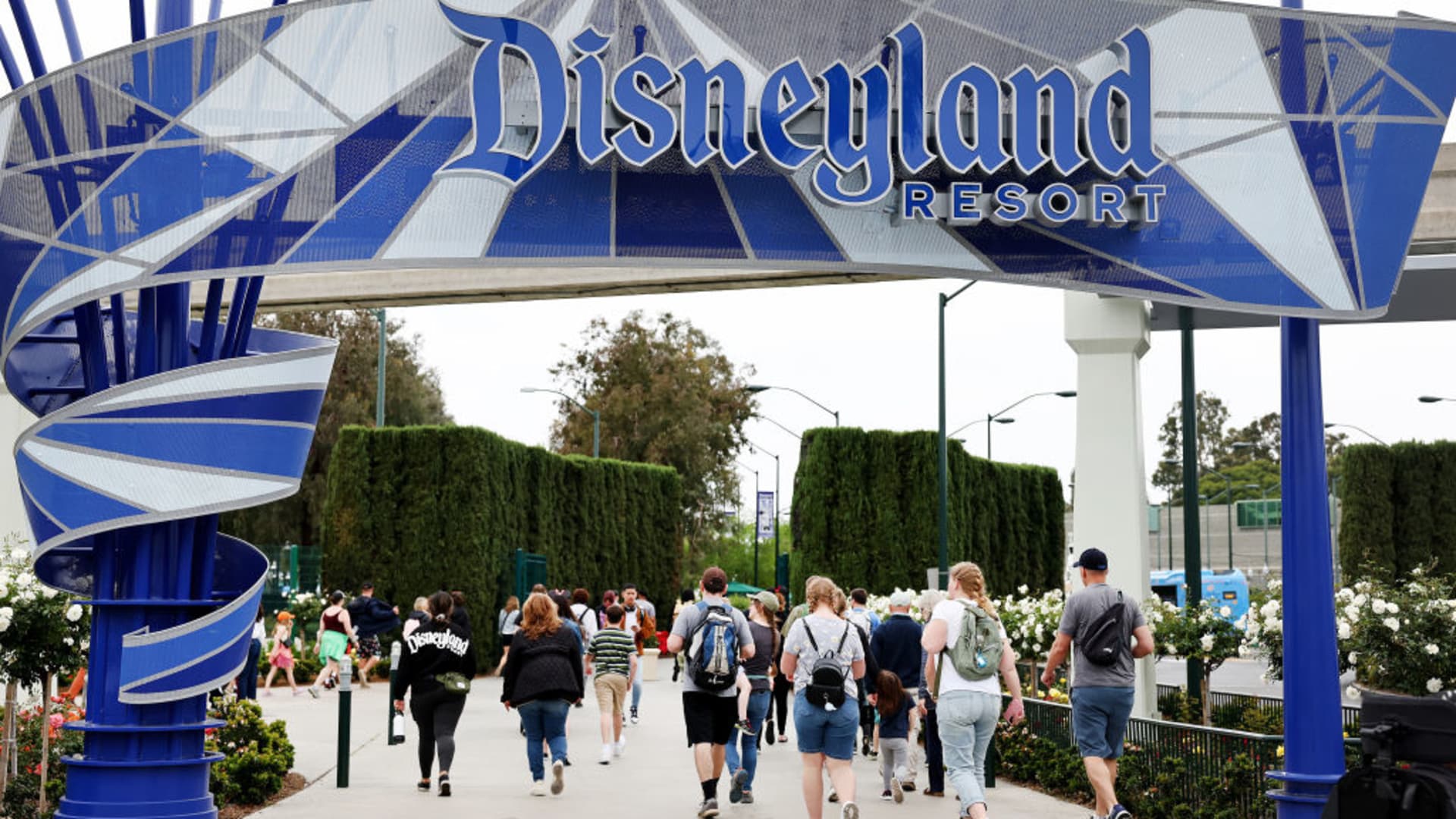Forgotten Highways: The Bury M62 Relief Road Project

Table of Contents
The Genesis of the Bury M62 Relief Road: Planning and Proposals
The Bury M62 Relief Road was conceived in response to growing traffic congestion and the increasing strain on the existing road network around Bury. The project aimed to improve transport links between Bury and the M62 motorway, providing quicker access to Manchester and beyond. This was projected to stimulate economic growth, create jobs, and enhance the overall quality of life for residents. Key stakeholders included Bury Council, Transport for Greater Manchester (TfGM), and the Department for Transport (DfT), along with numerous local businesses and community groups.
The initial proposals outlined a significant infrastructure undertaking involving:
- Proposed route alignment: Several routes were considered, each with its own set of environmental and logistical implications. The chosen route faced significant scrutiny due to its proximity to residential areas and green spaces.
- Estimated cost and funding sources: The project's substantial cost required securing funding from various sources, including central government grants, local council contributions, and potentially private investment. Securing this funding proved to be a major hurdle.
- Public consultations and feedback: Extensive public consultations were undertaken to gauge public opinion and address concerns regarding the proposed route, environmental impact, and potential disruption during construction. This feedback proved critical, both positively and negatively influencing the project's progress.
Construction Challenges and Delays: Why the Bury M62 Relief Road Stalled
Despite initial optimism, the Bury M62 Relief Road project faced numerous and ultimately insurmountable obstacles, leading to its eventual abandonment. These challenges ranged from financial constraints and unexpected geological findings to intense legal battles and shifting government priorities.
Major hurdles included:
- Unexpected geological findings: During the initial ground surveys, unexpected geological formations were discovered, significantly increasing the complexity and cost of the construction.
- Legal challenges from local residents: Several legal challenges were launched by residents concerned about the impact of the new road on their properties, the environment, and their quality of life. These legal battles caused significant delays and added to the overall cost.
- Changes in government priorities: Shifting government priorities and budgetary constraints contributed to a reduction in funding allocated to the project. This lack of consistent financial support hampered progress significantly.
- Cost overruns and budget constraints: The combination of unforeseen geological issues, legal challenges, and changing government priorities led to significant cost overruns, making it increasingly difficult to secure the necessary funding to complete the project.
The Legacy of the Bury M62 Relief Road: Unfulfilled Promises and Lessons Learned
The failure of the Bury M62 Relief Road project had far-reaching consequences for the Bury area and serves as a cautionary tale for future infrastructure planning. The unfulfilled promises resulted in:
- Increased traffic congestion in Bury: The lack of the relief road exacerbated existing traffic congestion problems, impacting local businesses and residents' daily commutes.
- Lost economic opportunities: The project's failure resulted in lost economic opportunities, hindering potential job creation and economic growth in the region.
- Impact on the environment: While initially raising environmental concerns, the abandoned project left behind a partially completed infrastructure, requiring further action and resources for remediation.
- Changes in transport policy: The project's failure spurred a reassessment of transport planning policies and a greater emphasis on sustainable transport options in Greater Manchester.
Exploring Alternative Solutions: Addressing Current Transport Needs in Bury
The challenges faced by the Bury M62 Relief Road highlight the need for more comprehensive and sustainable transport solutions. Currently, Bury faces ongoing transport issues, including:
- Insufficient public transport: The existing public transport network may not adequately meet the needs of the growing population.
- Lack of cycling and walking infrastructure: Safe and convenient cycling and walking routes are limited, discouraging active travel.
- Inefficient traffic management: Existing traffic management systems may not be optimized to address current congestion effectively.
Alternative solutions to improve transport in Bury could include:
- Improved public transport infrastructure: Investing in better bus services, tram extensions, or even light rail could significantly improve connectivity.
- Investment in cycling and walking routes: Creating safe and well-maintained cycling and walking routes would promote active travel and reduce reliance on cars.
- Smart traffic management systems: Implementing intelligent traffic management systems could optimize traffic flow and reduce congestion.
Conclusion: Re-evaluating the Bury M62 Relief Road and Future Infrastructure Planning
The Bury M62 Relief Road project stands as a stark reminder of the challenges involved in large-scale infrastructure projects. The combination of unforeseen circumstances, funding issues, and legal challenges ultimately led to its failure, leaving a legacy of unfulfilled promises and increased congestion in Bury. The project’s downfall emphasizes the critical need for thorough planning, robust risk assessment, and inclusive public consultation in all future infrastructure endeavors. Learning from the mistakes of the past is crucial to ensure the successful delivery of future transport initiatives. Learn more about the complexities of large-scale infrastructure projects and the importance of thorough planning by researching other cases of abandoned highway projects. Understanding the challenges faced by the Bury M62 Relief Road can help inform future transport planning and prevent similar failures. Let's work together to improve our infrastructure, starting with a better understanding of the past. The legacy of the Bury M62 Relief Road should serve as a catalyst for improved transport planning and the implementation of sustainable transport solutions in Greater Manchester and beyond.

Featured Posts
-
 Rayakan Seni Dan Otomotif Di Porsche Indonesia Classic Art Week 2025
May 24, 2025
Rayakan Seni Dan Otomotif Di Porsche Indonesia Classic Art Week 2025
May 24, 2025 -
 Weekly Cac 40 Performance Fridays Losses Offset By Earlier Gains March 7 2025
May 24, 2025
Weekly Cac 40 Performance Fridays Losses Offset By Earlier Gains March 7 2025
May 24, 2025 -
 Apple Price Target Cut Wedbushs Long Term Perspective And Investment Implications
May 24, 2025
Apple Price Target Cut Wedbushs Long Term Perspective And Investment Implications
May 24, 2025 -
 Vervolg Snelle Marktdraai Europese Aandelen En Wall Street
May 24, 2025
Vervolg Snelle Marktdraai Europese Aandelen En Wall Street
May 24, 2025 -
 Sergey Yurskiy 90 Let So Dnya Rozhdeniya Velikogo Aktera
May 24, 2025
Sergey Yurskiy 90 Let So Dnya Rozhdeniya Velikogo Aktera
May 24, 2025
Latest Posts
-
 Stock Market Analysis Bonds Dow Futures And Bitcoin After Tax Bill Passage
May 24, 2025
Stock Market Analysis Bonds Dow Futures And Bitcoin After Tax Bill Passage
May 24, 2025 -
 House Tax Bill Passes Impact On Stock Market Bonds And Bitcoin
May 24, 2025
House Tax Bill Passes Impact On Stock Market Bonds And Bitcoin
May 24, 2025 -
 Disneys Biggest Competitor Universals 7 Billion Theme Park Investment
May 24, 2025
Disneys Biggest Competitor Universals 7 Billion Theme Park Investment
May 24, 2025 -
 Open Ais Sam Altman Reveals Details Of New Device Created With Jony Ive
May 24, 2025
Open Ais Sam Altman Reveals Details Of New Device Created With Jony Ive
May 24, 2025 -
 Universals 7 Billion Theme Park Reshaping The Landscape Of Entertainment
May 24, 2025
Universals 7 Billion Theme Park Reshaping The Landscape Of Entertainment
May 24, 2025
